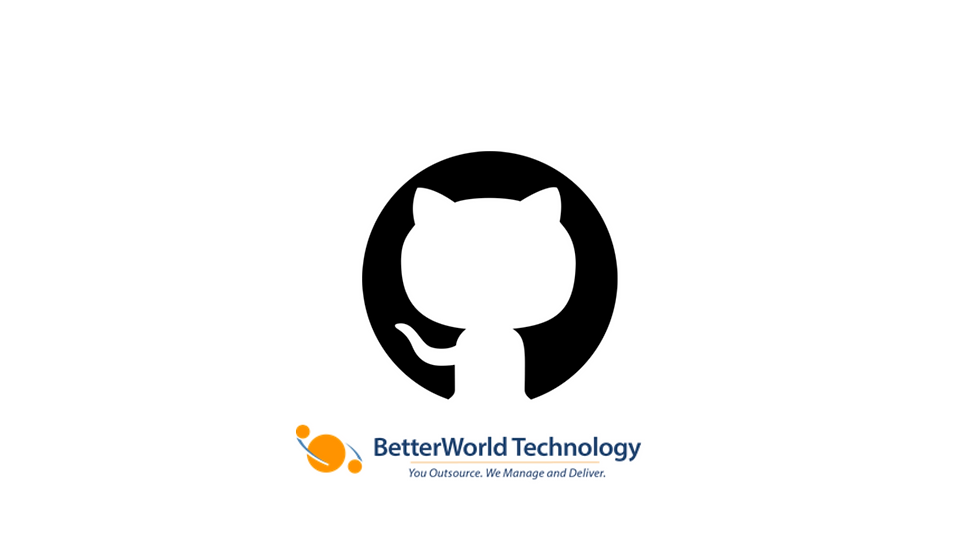AsyncRAT's Open-Source Code Unleashes Global Malware Epidemic
- John Jordan

- Jul 15
- 3 min read
The open-source nature of AsyncRAT, a remote access trojan first released in 2019, has led to a significant proliferation of dangerous malware variants globally. Its modular design and ease of modification have lowered the barrier to entry for cybercriminals, fueling a surge in sophisticated and adaptable threats that pose a substantial risk to both corporate and consumer environments.

The Proliferation of AsyncRAT and Its Offshoots
AsyncRAT, initially published on GitHub by NYAN CAT, is a C#-based malware equipped with capabilities such as screenshot capture, keystroke logging, credential theft, and system commandeering. Its open-source availability and modular architecture have made it highly adaptable and attractive to threat actors.
ESET researchers highlight that while AsyncRAT's core capabilities might not be groundbreaking, its open-source nature has amplified its impact, leading to a "sprawling network of forks and variants."
Key Takeaways
AsyncRAT's open-source code has significantly lowered the barrier to entry for cybercriminals, enabling even novices to deploy sophisticated malware.
The malware's modular architecture and ease of modification have led to numerous dangerous variants.
AsyncRAT is frequently deployed through opportunistic phishing campaigns and bundled with loaders like GuLoader or SmokeLoader.
Early detection is crucial as AsyncRAT often acts as a staging tool for more severe payloads like ransomware or credential stealers.
Evolution and Notable Variants
The groundwork for AsyncRAT was laid by an earlier open-source RAT, Quasar RAT (also known as CinaRAT or Yggdrasil), available since 2015. Although both are C#-based, AsyncRAT represents a significant rewrite rather than a mere fork.
Since its release, AsyncRAT has spawned several notable variants:
DCRat (DarkCrystal RAT): A significant improvement over AsyncRAT, incorporating evasion techniques like AMSI and ETW patching, and enhanced capabilities for gathering webcam data, microphone recordings, and Discord tokens. It also includes a module for file encryption.
Venom RAT: Inspired by DCRat, Venom RAT features more advanced evasion techniques, making it a more sophisticated threat.
NonEuclid RAT: This variant includes plugins for brute-forcing SSH and FTP credentials, geolocation collection, clipboard hijacking (clipper functionality for cryptocurrency wallets), and self-propagation through compromising portable executable files.
JasonRAT: Introduces bespoke changes, such as the ability to target systems based on country.
XieBroRAT: Features a browser credential stealer and a plugin to interact with Cobalt Strike servers, adapted for the Chinese market.
The Impact of Open-Source Malware
The rise of AsyncRAT and its subsequent forks underscores the inherent risks associated with open-source malware frameworks. This trend not only extends the technical capabilities of such threats but also demonstrates the speed and creativity with which threat actors can adapt and repurpose open-source code.
This "democratization of malware development" is further accelerated by the increasing popularity of Large Language Models (LLMs) and their potential misuse, contributing to a rapidly expanding and complex threat landscape. This shift has also fueled the growth of Malware-as-a-Service (MaaS), where preconfigured AsyncRAT builders and modules are openly sold on platforms like Telegram and dark web forums.
For security teams, this necessitates a greater focus on behavioral detection, command-and-control (C2) analysis, and understanding how fileless persistence, clipboard hijacking, and credential theft converge in modern malware campaigns. As cyber threats become increasingly sophisticated, your security strategy must evolve to keep pace. BetterWorld Technology offers adaptive cybersecurity solutions that grow with the threat landscape, helping your business stay secure while continuing to innovate. Reach out today to schedule your personalized consultation.
Sources
AsyncRAT's Open-Source Code Sparks Surge in Dangerous Malware Variants Across the Globe, The Hacker News.






